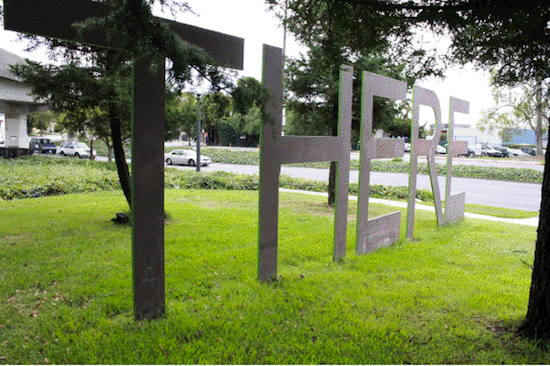The WSJ has the story about how Google/Alphabet will capitalize on Waze/Google Maps to offer drivers ride shares with people on their routes:
Google Takes on Uber With New Ride-Share Service -- Alphabet’s carpooling program in San Francisco offers rides at cheaper rates
"Google, a unit of Alphabet Inc., began a pilot program around its California headquarters in May that enables several thousand area workers at specific firms to use the Waze app to connect with fellow commuters. It plans to open the program to all San Francisco-area Waze users this fall, the person said. Waze, which Google acquired in 2013, offers real-time driving directions based on information from other drivers.
"Unlike Uber and its crosstown San Francisco rival Lyft Inc., which each largely operate as on-demand taxi businesses, Waze wants to connect riders with drivers who are already headed in the same direction. The company has said it aims to make fares low enough to discourage drivers from operating as taxi drivers. Waze’s current pilot program charges riders at most 54 cents a mile—less than most Uber and Lyft rides—and, for now, Google doesn’t take a fee.
...
"In the San Francisco pilot, any local Waze user can sign up as a driver, but ridership is limited to roughly 25,000 San Francisco-area employees of several large firms, including Google, Wal-Mart Stores Inc. and Adobe Systems Inc. Riders are limited to two rides a day—intended to ferry them to and from work.
"In the planned expansion, anyone with the Waze app in the San Francisco area could sign up to be a rider or driver, the person said. Though Google currently doesn’t collect a fee, the company is exploring different rates in Israel and San Francisco, the person familiar with the matter said."
***********
I can't say I'm completely surprised. Here's an earlier post (which ended with "Stay tuned...":
Google Takes on Uber With New Ride-Share Service -- Alphabet’s carpooling program in San Francisco offers rides at cheaper rates
"Google, a unit of Alphabet Inc., began a pilot program around its California headquarters in May that enables several thousand area workers at specific firms to use the Waze app to connect with fellow commuters. It plans to open the program to all San Francisco-area Waze users this fall, the person said. Waze, which Google acquired in 2013, offers real-time driving directions based on information from other drivers.
"Unlike Uber and its crosstown San Francisco rival Lyft Inc., which each largely operate as on-demand taxi businesses, Waze wants to connect riders with drivers who are already headed in the same direction. The company has said it aims to make fares low enough to discourage drivers from operating as taxi drivers. Waze’s current pilot program charges riders at most 54 cents a mile—less than most Uber and Lyft rides—and, for now, Google doesn’t take a fee.
...
"In the San Francisco pilot, any local Waze user can sign up as a driver, but ridership is limited to roughly 25,000 San Francisco-area employees of several large firms, including Google, Wal-Mart Stores Inc. and Adobe Systems Inc. Riders are limited to two rides a day—intended to ferry them to and from work.
"In the planned expansion, anyone with the Waze app in the San Francisco area could sign up to be a rider or driver, the person said. Though Google currently doesn’t collect a fee, the company is exploring different rates in Israel and San Francisco, the person familiar with the matter said."
***********
I can't say I'm completely surprised. Here's an earlier post (which ended with "Stay tuned...":







 Article Info
Article Info








